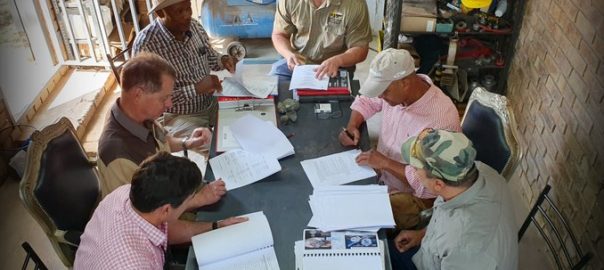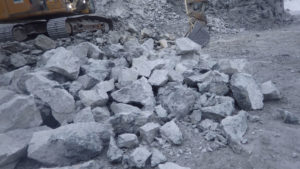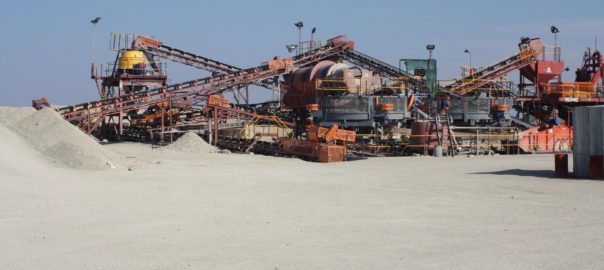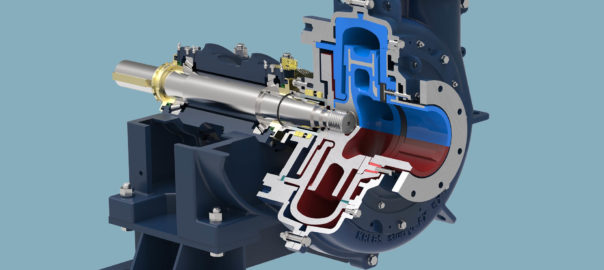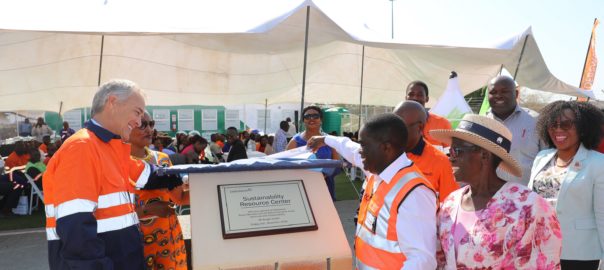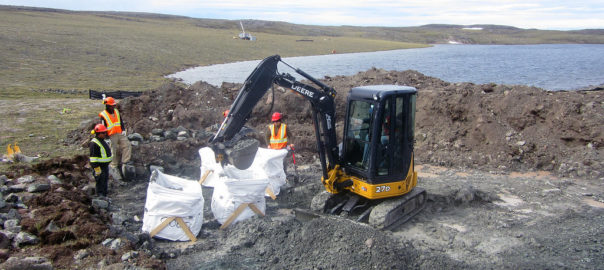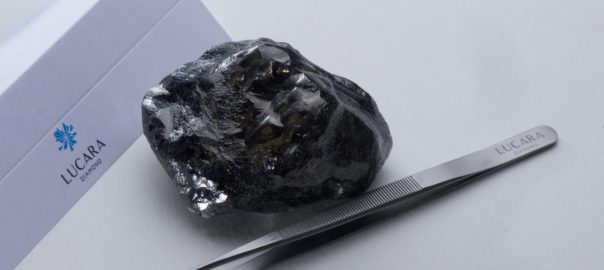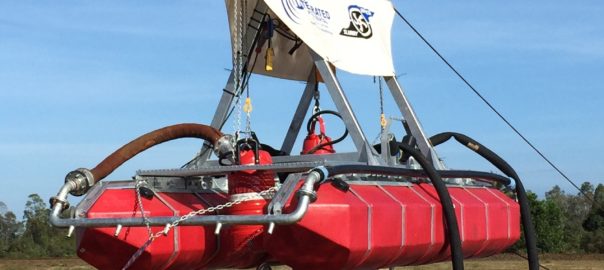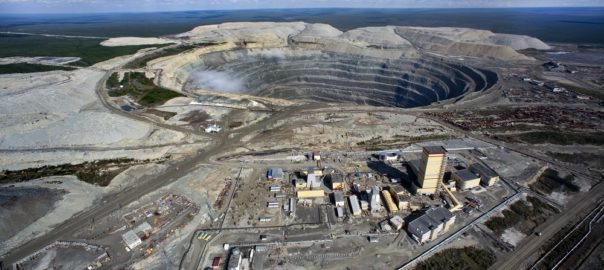De Beers Group Technology has adapted one of its X-ray fluorescence (XRF) diamond sorting range of machines to create “a secure and efficient sorting solution for emeralds”, it says.
According to De Beers Group Technology head, Gordon Taylor, the company’s sorting technologies have been applied to a range of minerals apart from diamonds, and these include gemstones like rubies to lower value commodities like manganese and coal.
“We are always on the look-out for new applications for our sorting equipment, which also employ X-ray luminescence, X-ray transmission, laser, magnetics and ultra-violet technologies,” Taylor said.
“So, we were excited by the opportunity to collaborate with Magnum Mining and Exploration on their Gravelotte emerald project in Limpopo province.”
In its trial mining and processing phase, Gravelotte has been gathering data to confirm the historic grades previously recovered at the project. In operation for much of the 20th century, total recorded production from this area was estimated at nearly 113 Mct. It was reportedly the world’s largest emerald mine of its type in the 1960s, employing over 400 sorters, De Beers said.
General Manager of Operations at Gravelotte, Wessel Marais, said the traditional manual method of sorting carried an associated security risk and led to less than optimal recoveries.
“Various mechanical sorting options are available on the market today,” Marais said, “and Magnum approached De Beers Group Technology to determine whether their diamond sorting technology could be adapted to emerald sorting.”
He says testing of samples provided by Magnum came out with successful results.
“This led to Magnum leasing an XRF machine from De Beers Group Technology for the duration of our trial mining, and the results to date have been very encouraging,” he says. “With the machines now deployed in the operational environment, research and development work is continuing in conjunction with De Beers Group Technology to refine the process.”
Taylor noted that constructive collaboration with customers is often an important element in extending the application of De Beers Group Technology’s equipment.
“On this project, we were able to conduct some fundamental investigation on the properties of emeralds to guide us in developing the most effective solution,” he said.
The De Beers Group Technology emerald sorting machine can make a potentially significant contribution to the success of the Gravelotte operation, according to De Beers, with its high recoveries combined with excellent processing security. The project aims to reach a target of around 3 Mct/y as its initial production rate.
Before the run-of-mine material reaches the De Beers Group Technology XRF machine, it is crushed to -30 mm and put through a trommel screen for cleaning and further size reduction. After material containing emeralds is ejected from the material stream by the sorter, it is further sorted by hand and graded.
“De Beers Group Technology is constantly pushing the boundaries where our equipment can be applied and has had significant successes in non-diamond commodities. Whether removing the value product or the waste from the process stream, our sorting technologies can be the game-changer in the viability of many projects,” Taylor concluded.








